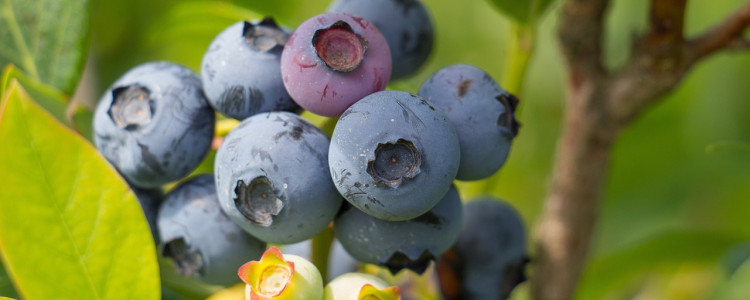When it comes to harvesting and storing blueberries for retail, there are several important factors to consider in order to maximize the quality and shelf life of the berries. Here are some tips to keep in mind:
Harvesting:
— Blueberries should be harvested at their peak of ripeness, when they are fully colored and slightly soft to the touch. Overripe or underripe berries will have a shorter shelf life and may not be as flavorful.
— It’s best to harvest blueberries in the early morning or late afternoon, when temperatures are cooler and the berries are less likely to become damaged or overripe.
— Handle the berries gently during harvesting to avoid damaging the fruit or crushing the delicate skin.
— Only pick ripe berries and leave unripe ones on the plant to mature further. This will ensure a better flavor and longer shelf life.
Storing:
— Once harvested, blueberries should be cooled down as quickly as possible to preserve their quality and freshness. Place them in a cooler or refrigerated truck with temperatures between 32-36°F.
— Blueberries are also sensitive to humidity, so it’s important to store them in a dry environment to avoid spoilage or mold growth.
— Avoid stacking the berries too deep or cramming them into containers, as this can cause bruising and damage to the fruit. Instead, store them in shallow trays or containers with plenty of ventilation to allow air to circulate.
By following these tips for harvesting and storing blueberries for retail, you can ensure that your customers receive the freshest, highest-quality fruit possible.
Dr. Sarah Smith is a blueberry expert and author of BlueberryExpert.com. She has been growing and studying blueberries for over 20 years. Her research has focused on the different varieties, growing techniques, and nutritional content of blueberries. She is passionate about helping people to grow their own healthy blueberries and has been a leader in the industry for many years.Dr. Sarah Smith








